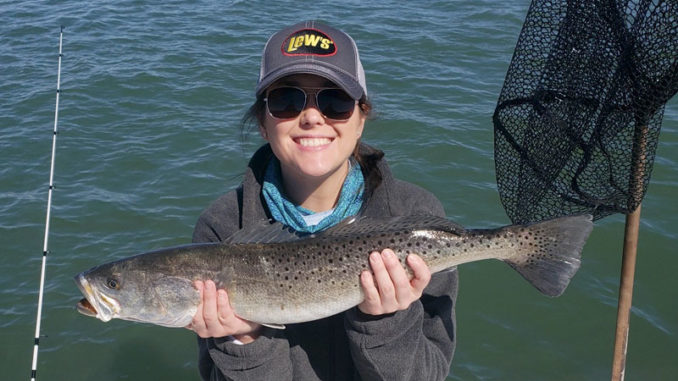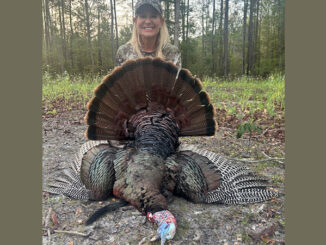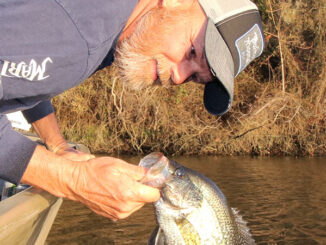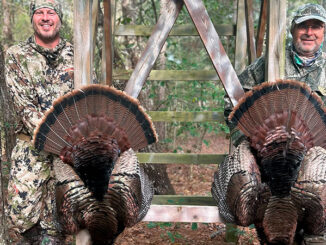
Smaller crowds are welcomed by fall trout anglers
True fall weather arrives in October, along with the deer rut and, more important, great fishing on the Carolina coast. In South Carolina’s Murrells Inlet, that means speckled trout.
Most of the tourist traffic is on a steady decline. So Murrells Inlet anglers have the inlet to themselves as the best fishing of the year begins.
Dan Connelly of O-Fish-Al Expeditions, an inshore guide from the Murrells Inlet area, welcomes the arrival of fall weather.
“October is a fantastic time to target trout in Murrells Inlet,” said Connelly (843-241-7022). “Our migratory population starts showing up in October, and the faster it cools off, the better it gets.”
The majority of speckled trout caught in the fall and winter have migrated into Murrells Inlet waters from northerly reaches. Generally, speckled trout prefer cooler water temperatures. And the migratory population arrives when the water temperatures drop into the 60s. That’s right when Connelly starts catching big numbers of trout.
These trout feed heavily this time of year
When fish arrive, they are hungry and ready to eat. Fortunately, an ample supply of bait is here in October, with shrimp and finger mullet comprising the main courses. Trout are sight feeders, and the clear waters of Murrells Inlet can make fishing fast and furious when anglers have the right lure on the end of their line.
Soft plastics are Connelly’s go-to lures for fall specks.
“Lots of mullet are still around, and a Z-Man Diesel Minnowz perfectly mimics finger mullet,” he said.
Connelly uses a variety of colors but will always have opening night and white in his arsenal.
“You can catch fish on these colors any day,” he said.
Since the water is still relatively warm, the speckled trout will remain shallow and feed in shallower places around the inlet. They are focusing on mullet. And most finger mullet are running the shorelines adjacent to grass, oyster bars and other structure.
“I concentrate in shallow areas around grass edges at high tide, oyster beds, and places where fast moving water meets slower moving water or eddy waters. These areas are perfect places for trout to ambush mullet and are excellent places to cast a paddletail grub,” he said.
Click here to read about catching specks on topwater this time of year.





Be the first to comment